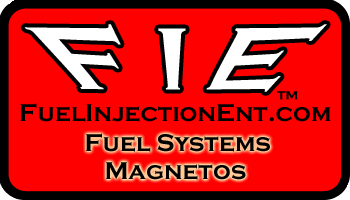61
Front Engine Dragsters / Re: GOT MY LICENSE...FINALLY
« on: May 27, 2019, 12:14:42 PM »
"Thanks, guys. We got it to go 5.86@123 mph in the eighth. Next time up we will step it up a little. How do you guys handle the bounce after the stripe? I had to let off the brake and reapply a couple times to make it stop bouncing, but I'm pretty sure it was airborne a few times."
xlr8 Ė donít know if this is your first fed. With repetition comes familiarity what to do; at the stripe, after a dozen or so passes, itíll just come naturally how to apply the brakes smoothly so you avoid the bounce. The more passes you make, every part slows down compared to your first time and you become more and more comfortable making passes. Congratulations. Alan
xlr8 Ė donít know if this is your first fed. With repetition comes familiarity what to do; at the stripe, after a dozen or so passes, itíll just come naturally how to apply the brakes smoothly so you avoid the bounce. The more passes you make, every part slows down compared to your first time and you become more and more comfortable making passes. Congratulations. Alan




